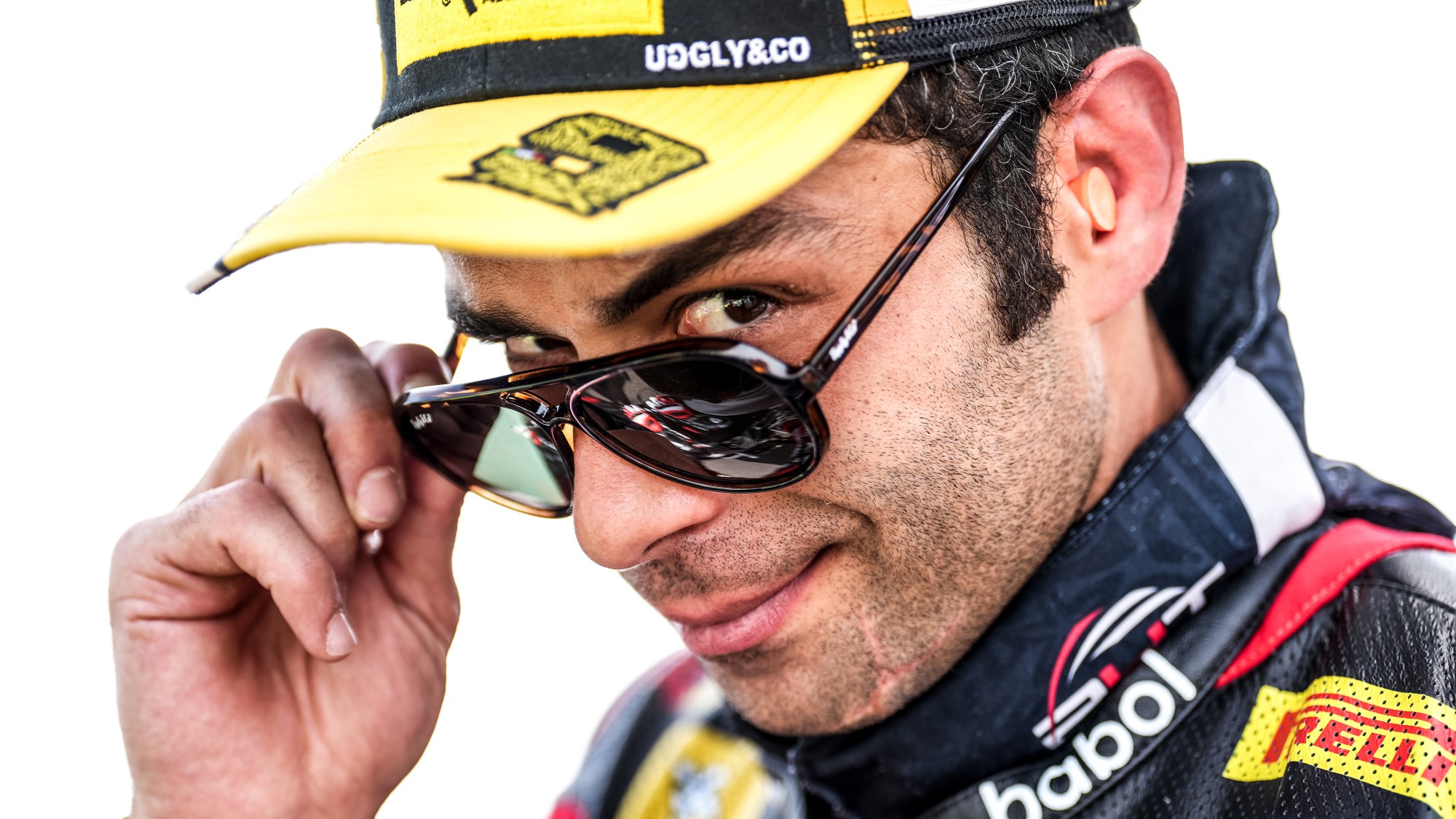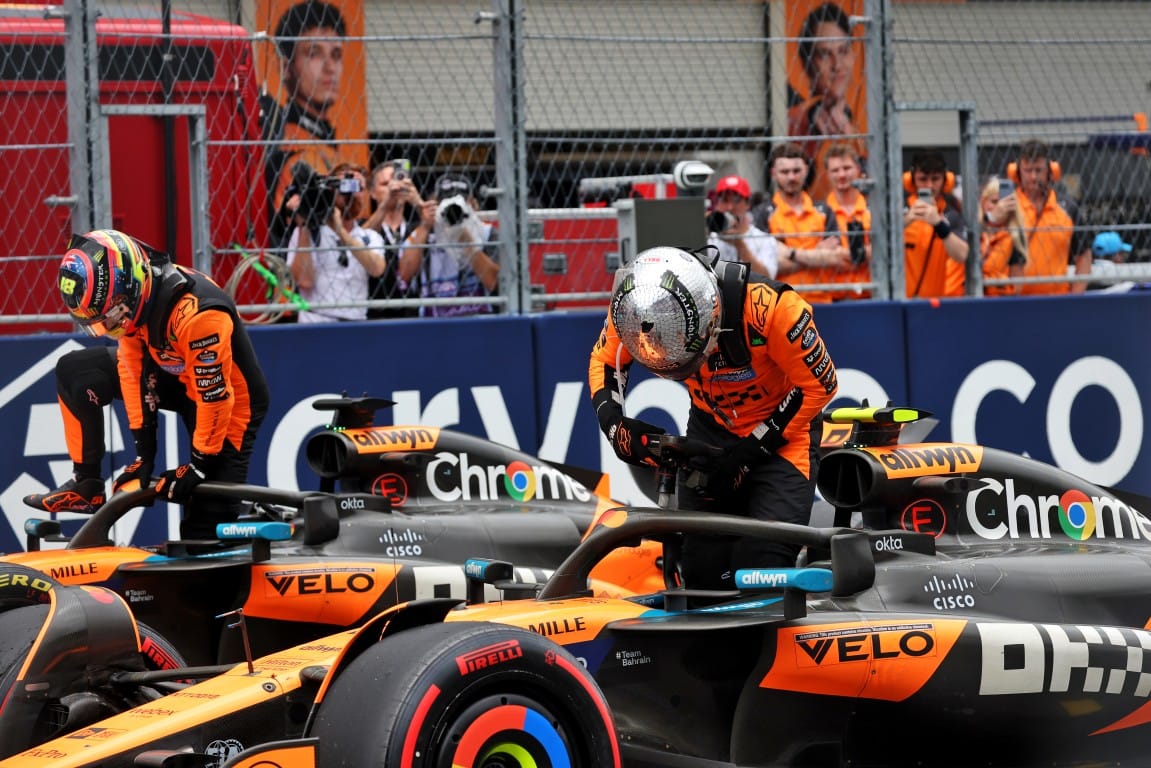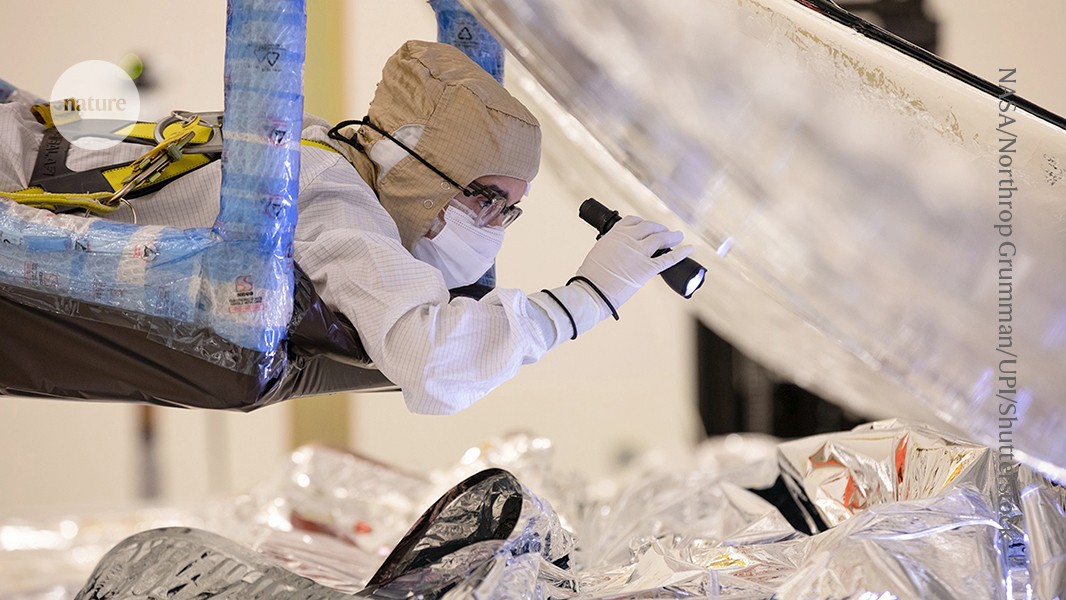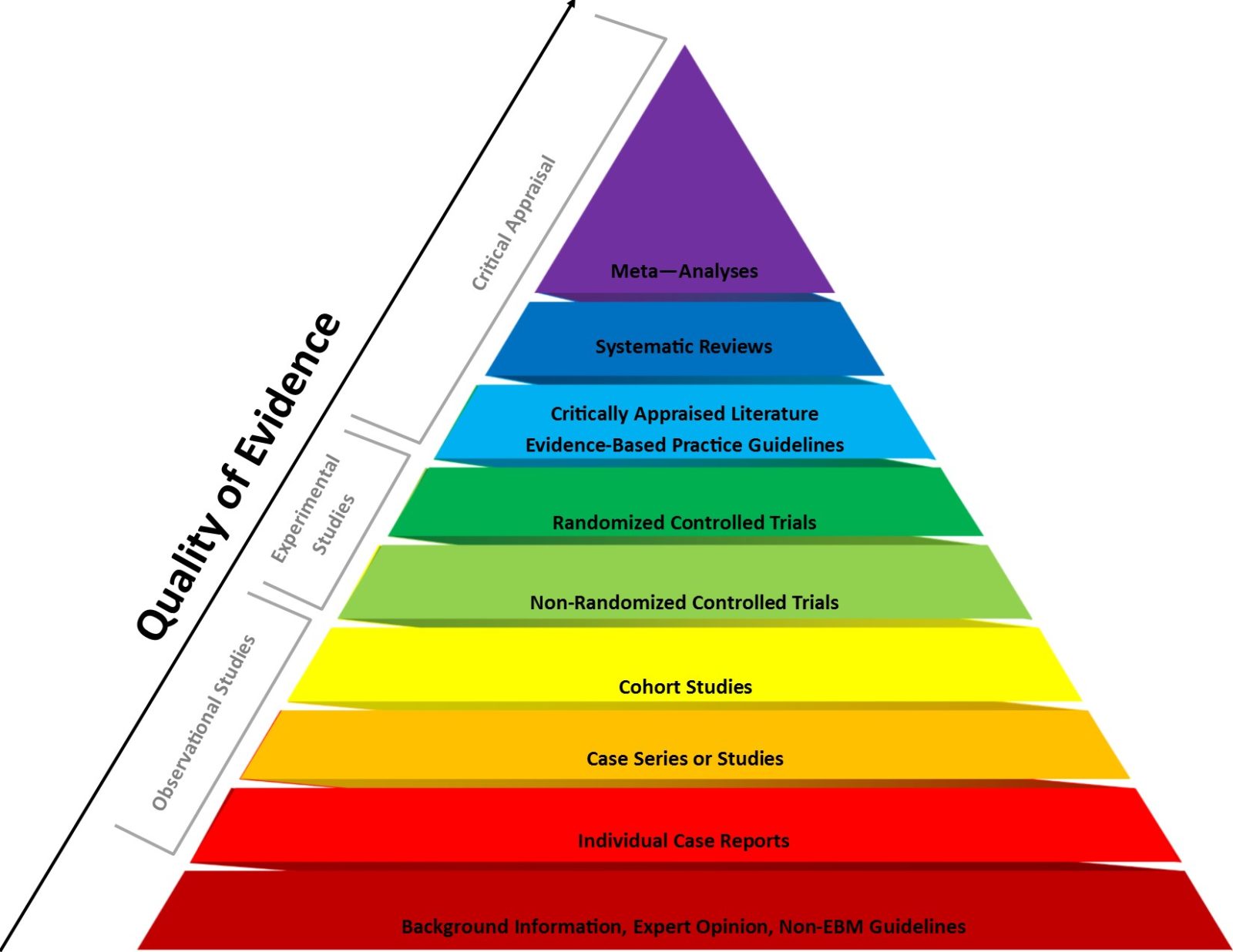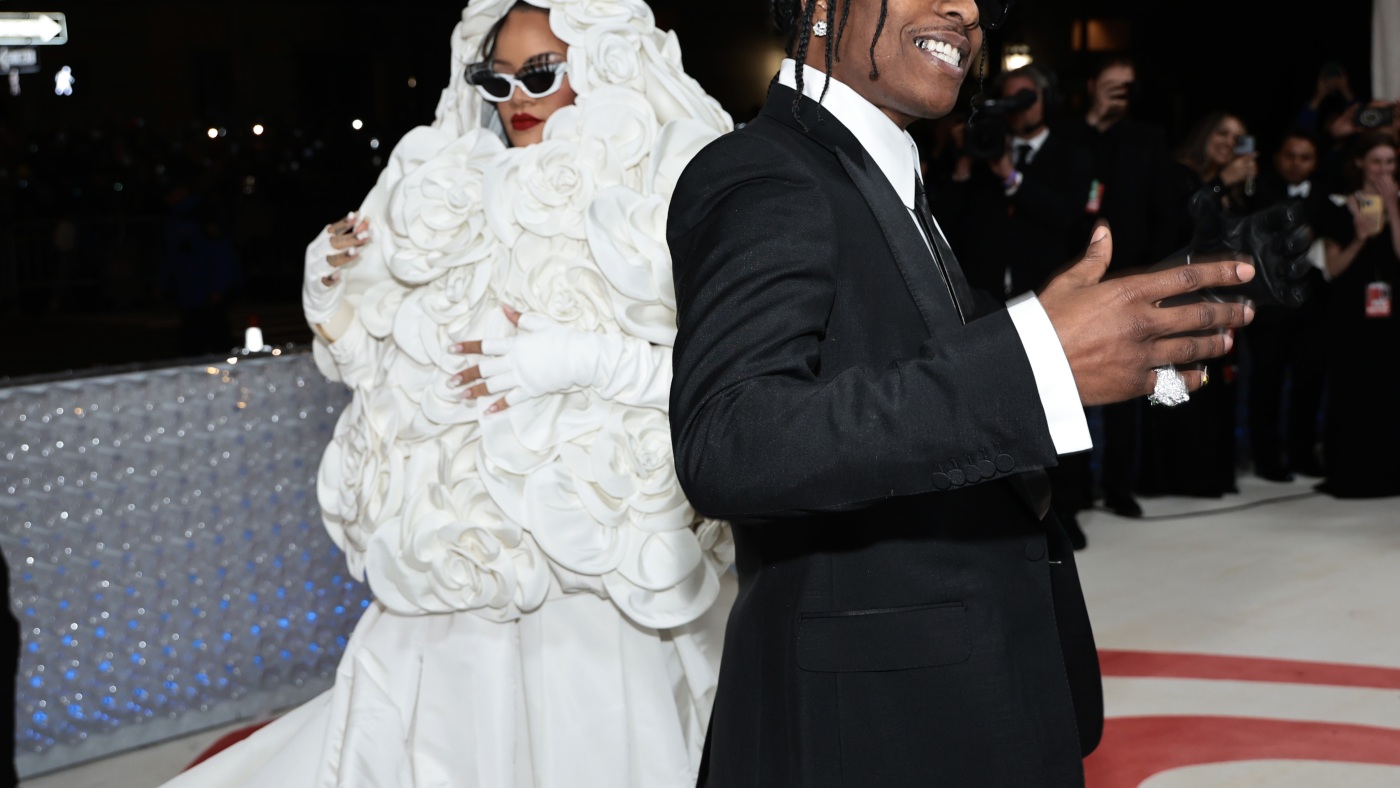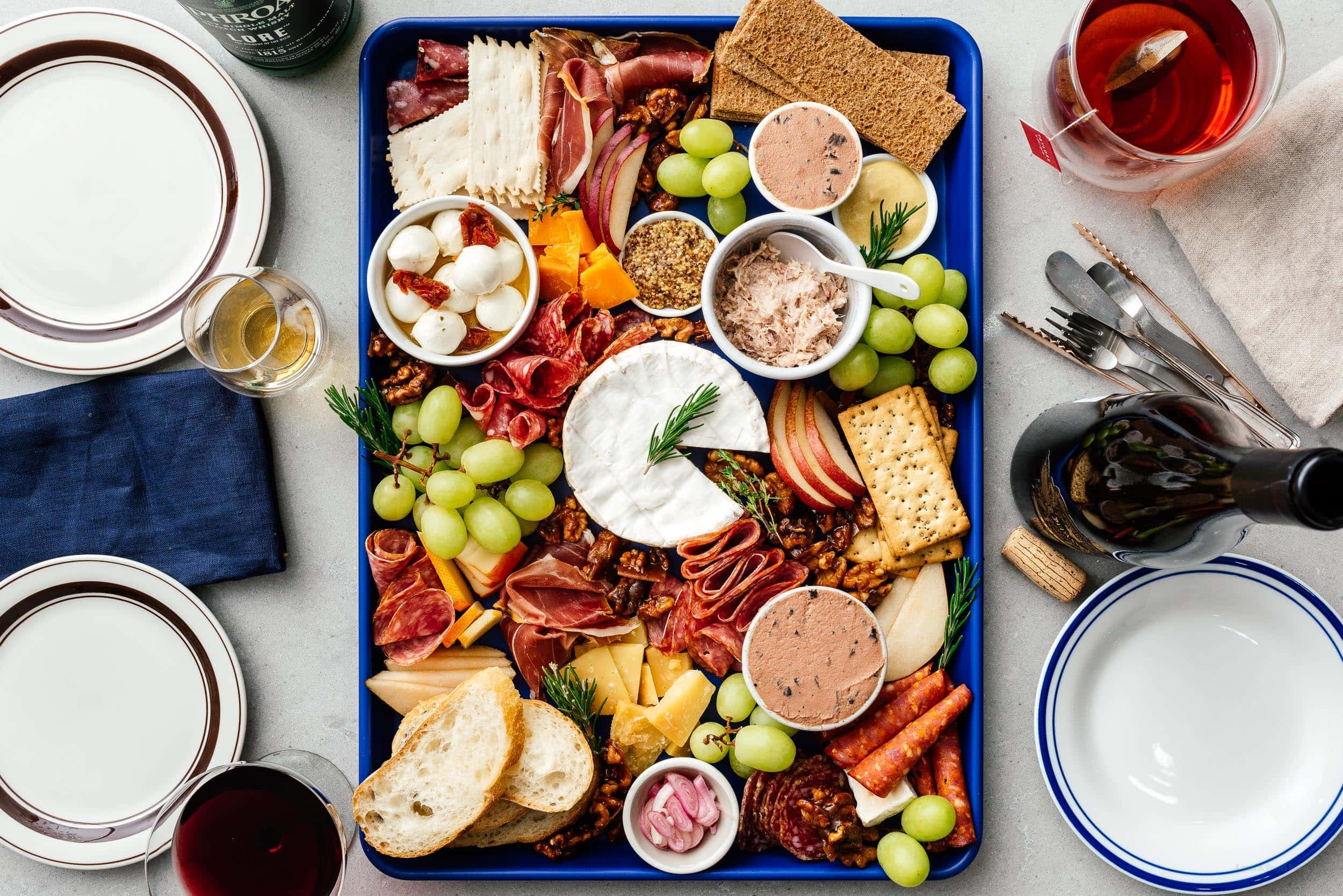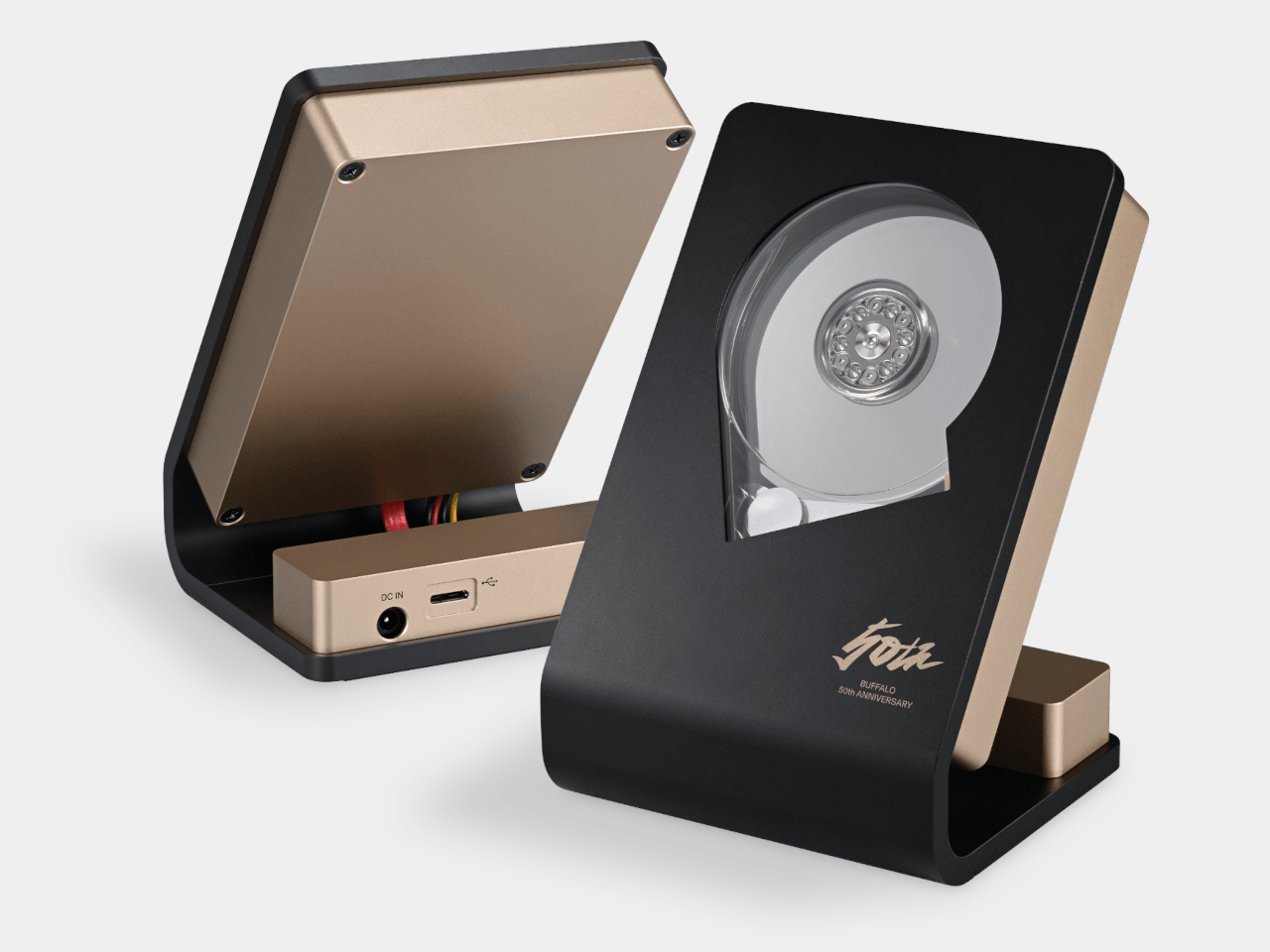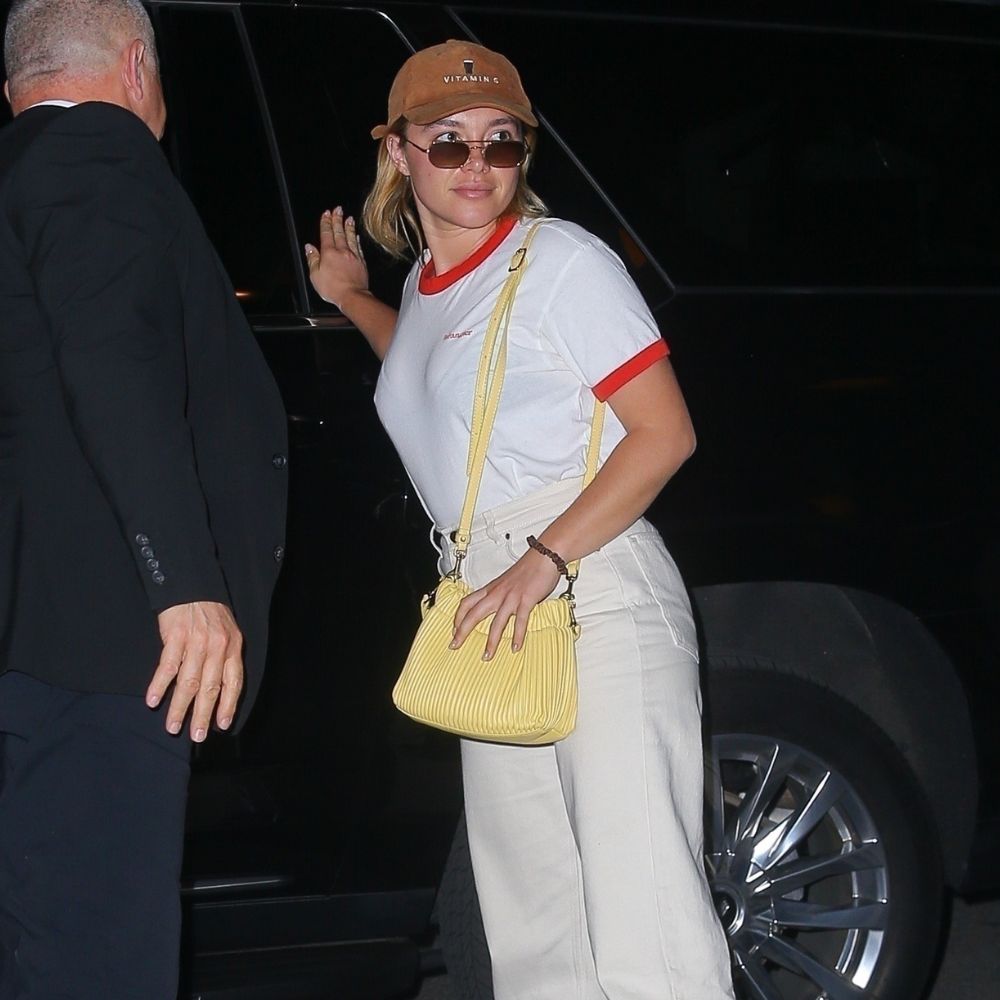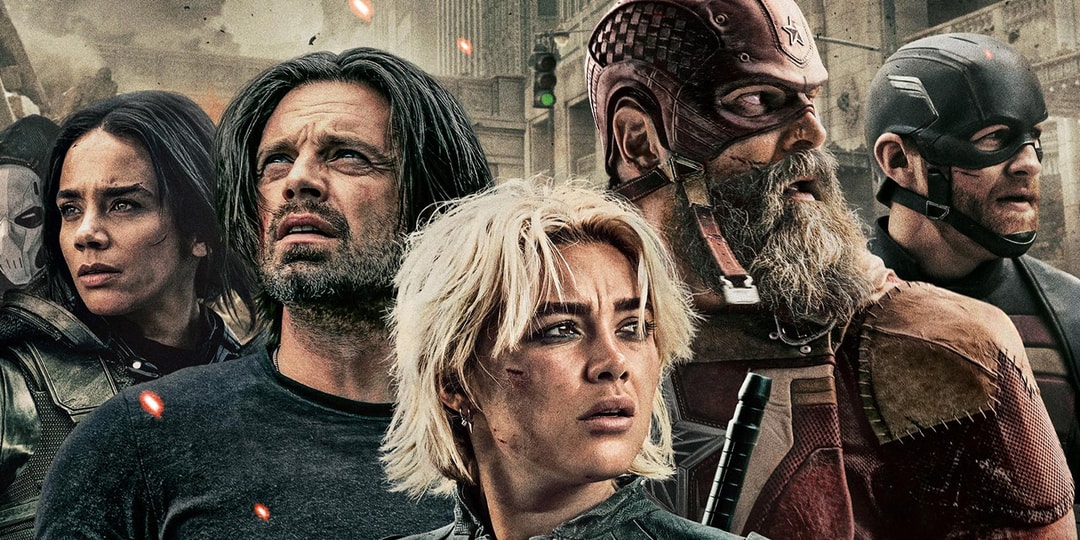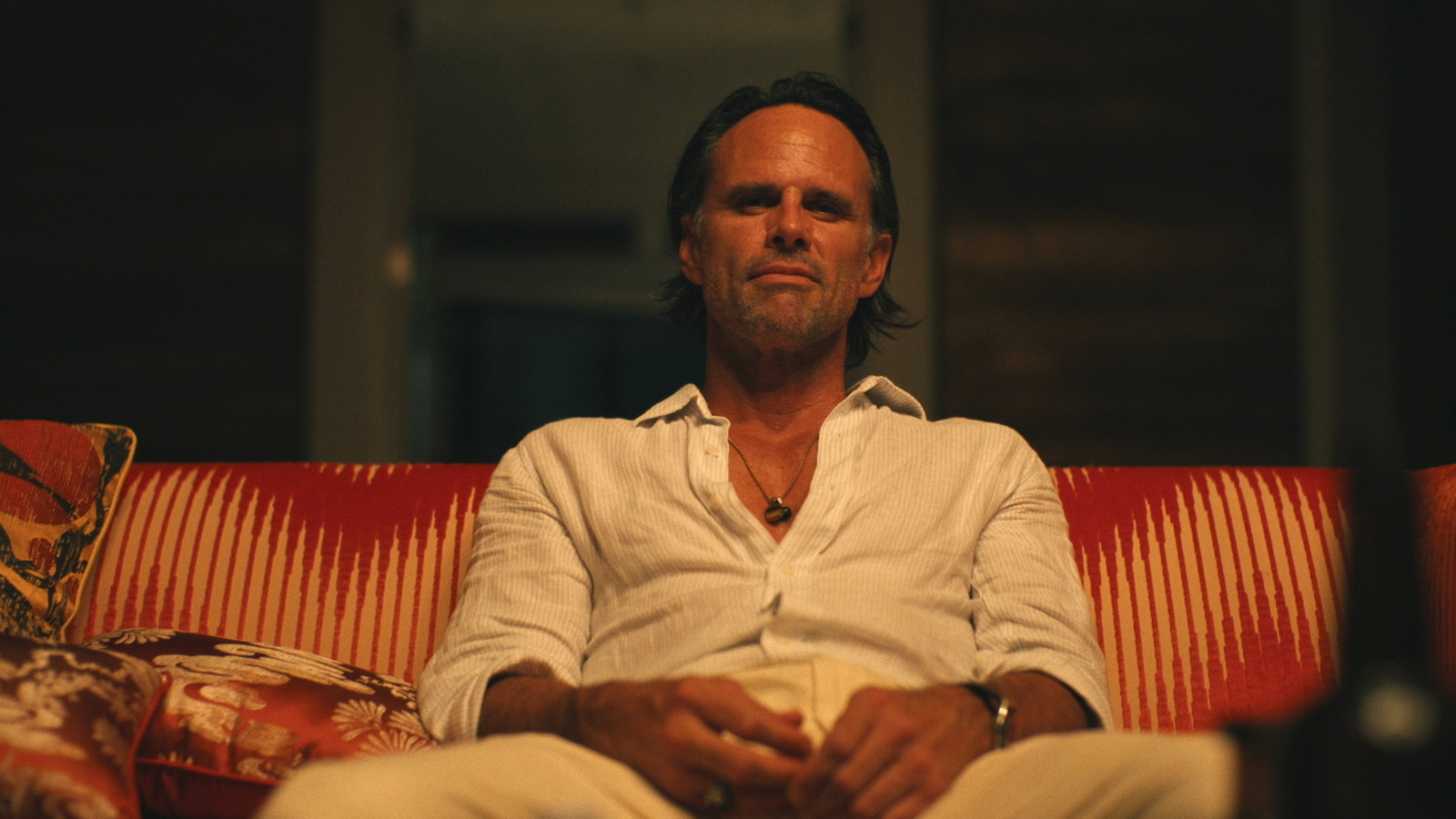‘The Last of Us’ Season 2, Episode 4 Recap: Guitars, Torture and Pregnancy Tests
Ellie and Dina swap secrets in another uneven chapter of the dystopian HBO drama The post ‘The Last of Us’ Season 2, Episode 4 Recap: Guitars, Torture and Pregnancy Tests appeared first on TheWrap.
“The Last of Us” Season 2, Episode 4, titled “Day One,” begins 11 years in the past, though that is not initially clear. Having traveled with its young leads, Ellie (Bella Ramsey) and Dina (Isabela Merced), to post-apocalyptic Seattle at the end of last week’s “The Path,” this Sunday’s episode gives viewers a brief taste of the city’s violent past and present. It opens in the back of a FEDRA truck where a loud-mouthed soldier (a surprise Josh Peck) tells a crude story, which is eventually interrupted by another younger soldier, Burton (Ben Ahlers), who asks why Peck’s FEDRA goon keeps calling Seattle’s citizens “voters.” Before Peck’s character can answer, the squad’s sergeant, Isaac Dixon (Jeffrey Wright), answers. “We took away their rights. Took away their right to vote and someone started calling them ‘voters’ to mock them,” Isaac bitterly explains.
Moments later, he gets out of the truck and comes face-to-face with Hanrahan (Alanna Ubach), a leader of the then-fledgling Washington Liberation Front (W.L.F.). With Burton standing nearby, Isaac throws two grenades into the FEDRA truck and seals the remaining soldiers inside. He shoots one that escapes, and then gives Burton the choice to either join the W.L.F. with him or die with their former FEDRA comrades. This prologue, which is entirely original to HBO’s “Last of Us,” effectively introduces viewers to Wright’s decisive, unwavering Isaac. It also establishes the way he wages war and, therefore, teases the brutal conflict between the W.L.F.’s Wolves and the Seraphites, a.k.a. Scars, that is still raging in the show’s version of Seattle, despite the W.L.F.’s rise to power in FREDA’s place.
From there, “The Last of Us” catches back up with Ellie and Dina. The two explore Seattle’s abandoned streets, observing the pride flags painted and hanging around the city with confusion. “Maybe they’re optimists,” Ellie wonders aloud. The two take refuge in a music store where Ellie finds a guitar and sings a cover of “Take on Me” by A-ha in a scene taken straight out of “The Last of Us Part II.” Dina is brought to tears by Ellie’s performance, but neither addresses the romantic energy still crackling between them. On paper, this sequence may seem like a strange left-turn for “The Last of Us” to take following its explosive, violent prologue. It makes sense within the wider context of the episode, though, which tries — not with total success — to explore both the growing love between Ellie and Dina and the life-destroying violence of the world they’re falling in love in.

Chicken-and-Egg Games
Ellie and Dina’s exploration of Seattle is interrupted when “Day One” returns to Wright’s Isaac. Standing in a dilapidated restaurant kitchen, he muses about the days before the apocalypse when he was still a young man desperate to impress women. “What I would do is cook for them, and I was good,” he says. “Good enough to deserve quality tools, but did I have the money for that? No, I did not.” The target of all his fantasies was a French-made Mauviel saucepan. As he stares up at one of those very pans, he remarks, “I would think … ‘One day, I will own a Mauviel saucepan,’ and I was right — just not how I planned.” As he heats up the copper cooking instrument, director Kate Herron (“Loki” Season 1) pans her camera to reveal the recipient of Isaac’s speech: a bruised, battered and naked Seraphite (Ryan Masson), who sits chained to a nearby wall.
Isaac presses the pan’s scalding hot metal to his prisoner’s hand, torturing the man for information about the Seraphites’ next attack. The Scar resists, and when Isaac asks whether the Seraphites’ prophet told them to kill children, the imprisoned man counters, “You kill our children.” What follows is a bitter back and forth about which side is really to blame for the ongoing war between the W.L.F. and the Scars and the breaking of their previous truce. “I’m not playing your little chicken-and-egg games today, Scar,” Isaac says, putting an end to an exchange that is original to HBO’s “Last of Us” and which brings this season’s themes about the cyclical nature of violence and retribution — as well as all of the thinly veiled allusions to the Israel-Palestine conflict present in its video game source material — into startling clarity.
Rather than get the information he is looking for, Isaac is told by his prisoner that the Wolves are going to lose. “Are we? Son, we have automatic weapons and hospitals and you lunatics have bolt-action rifles, bows and arrows and superstition. So tell me: How are we going to lose?” Isaac asks. “Every day, a Wolf leaves you to take the holy mortification to become a Seraphite, and none of us ever leave to become a Wolf,” the Seraphite replies. His answer, as well as his willing acceptance of further torture, unnerve Isaac enough for him to just shoot his prisoner in the head. This scene is one of the best and sharpest of “The Last of Us” Season 2 so far. It is also clear from his two appearances in “Day One” that “The Last of Us” wants to use Wright, who is just as accomplished and magnetic as Pedro Pascal, to make up for some of the star power it lost when it killed Pascal’s Joel in “Through the Valley.”

Feel Her Love
Whether or not Wright will be able to lift “The Last of Us” up enough remains to be seen. He does not appear again in “Day One,” which instead spends the remainder of its runtime with Ellie and Dina. The episode follows them as they use the cover of nightfall to sneak into the W.L.F. radio station they’d spotted earlier in the day. Inside, Ellie and Dina discover a group of disemboweled Wolves hanging from the ceiling. “Feel her love,” is painted on a wall in blood and Ellie deduces based on a nearby symbol that the murdered W.L.F. soldiers were killed by members of the same group they discovered dead in the forests outside Seattle. Before they get the chance to investigate further, they are forced to hide from a new group of Wolves, who begin scouring the building for any hiding Scars.
Ellie and Dina make a desperate escape from the radio station by killing a pair of Wolves who get in their way. The two girls run from the remaining Wolves by scrambling into a collapsed subway tunnel. They are followed inside, but both they and their pursuers find themselves quickly overwhelmed by a massive horde of infected. The set piece that follows, which sticks with Ellie and Dina as they scramble onto and into upturned subway cars while trying to avoid the infected crashing in from all sides, ranks squarely as the most thrilling action sequence of “The Last of Us” Season 2 to date. It might even be the series’ best — period — and, if nothing else, proves just like “Loki” Season 1 did that Herron is an immensely capable action filmmaker.
Ellie and Dina’s subway chase reaches its climax when — in a minor deviation from “The Last of Us Part II” — the former saves the latter’s life by sticking her bare arm into an approaching infected’s biting mouth. Dina watches in horror as the infected bites Ellie’s arm, and she is prepared to put Ellie down when they take refuge above ground in an abandoned theatre just moments later. With no other option, Ellie tells her companion that she is immune and proves it by sleeping for several hours in front of the watchful, armed Dina. When Ellie wakes later, Dina reveals a secret of her own: She is pregnant with Jesse’s (Young Mazino) baby. In the wake of this bombshell, the two sleep together in an initially baffling decision that is later explained by Dina, who confesses that she was just so relieved to find out her imagined future with Ellie was still possible that she did not want to wait any longer to act on her feelings for her.

Forward Together
As they lie on the theatre lobby’s floor together, Dina tells Ellie that her mother tried to make her ignore her bisexuality when she was young, which is why she has spent so many years trying to make her relationship with Jesse work. This whole scene, unfortunately, carries serious YA romance vibes, and Dina’s insistence that she and Ellie eat some beef jerky to disguise their morning breath before kissing (the world has ended, y’all) feels like the kind of beat that writer Craig Mazin intends to be cute but instead just comes off as cringey. (To be fair: It is not particularly worse than any of Ellie and Dina’s early Seattle scenes together in “The Last of Us Part II.”)
The two eventually race to the theatre’s rooftop to see explosions raging several blocks away. They hear Nora’s (Tati Gabrielle) name over a W.L.F. radio they stole and realize where they need to go next, but before they do, Ellie tells Dina she does not have to accompany her anymore. “It’s different now,” she says, and Dina doesn’t necessarily disagree. She nonetheless grabs Ellie’s hand and promises they are going to finish their mission “together.”
And thus ends an episode of “The Last of Us” that is uneven in a new way for the HBO series. Throughout its first season, “The Last of Us” was better at handling and developing its interpersonal relationships than it was at pushing its plot forward or doling out brutal violence. Based on the parts that work and don’t in “Day One,” the opposite seems to be true now — for better or worse.
“The Last of Us” airs Sundays on HBO and Max.
The post ‘The Last of Us’ Season 2, Episode 4 Recap: Guitars, Torture and Pregnancy Tests appeared first on TheWrap.



























